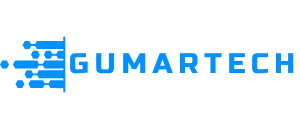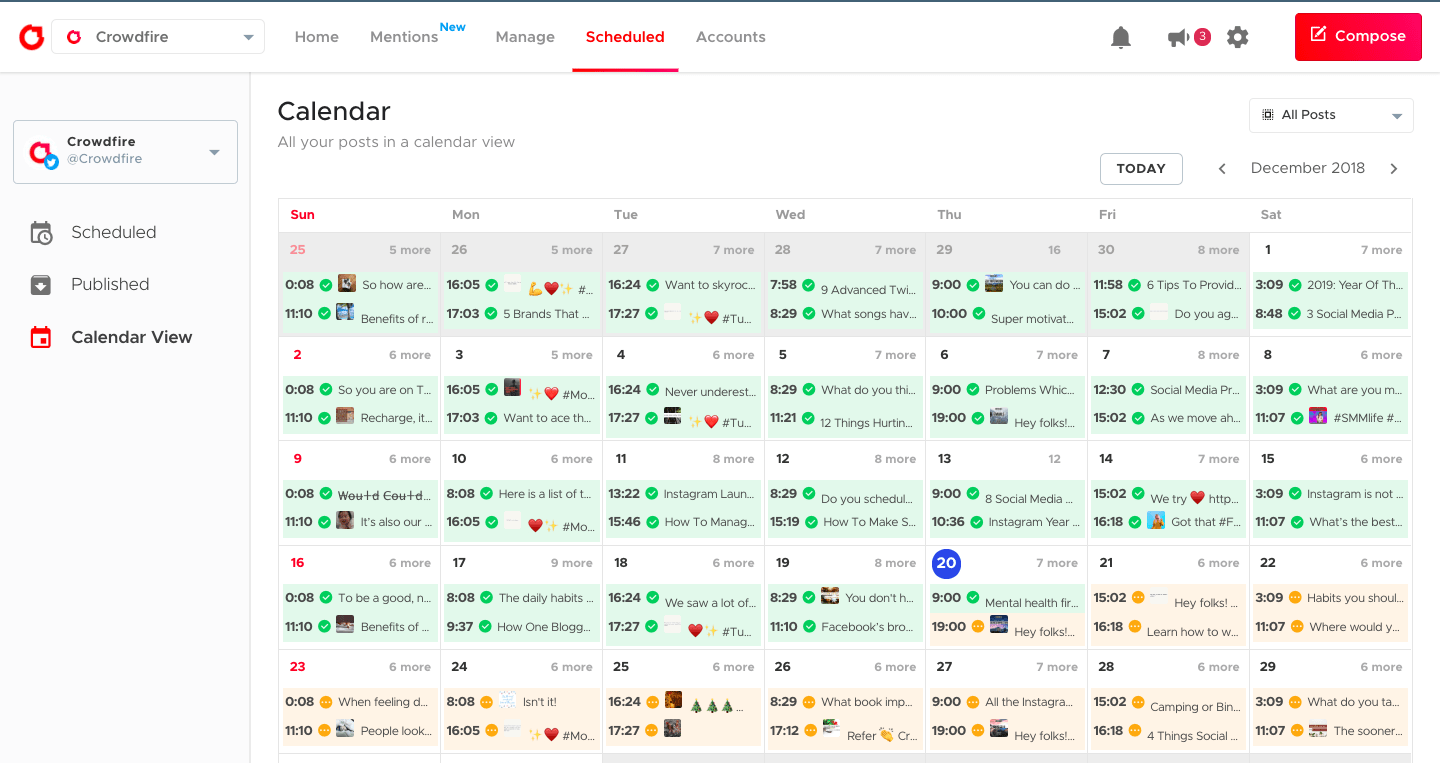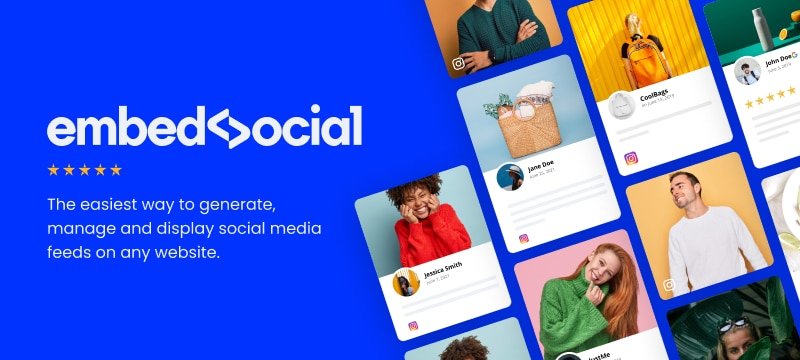Key Social Media Engagement KPIs: Top 3 Metrics to Track
In the digital age, social media has become an integral part of marketing strategy for businesses. Understanding the key social media engagement KPIs is crucial for optimizing your online presence and achieving desired results. This guide will delve into the various aspects of social media engagement metrics, providing a comprehensive understanding that can help you navigate the complex landscape of social media marketing.
Understanding Social Media Engagement KPIs

When diving into the world of social media marketing, one must first grasp what KPIs (Key Performance Indicators) are and why they are indispensable in measuring the success of your social media efforts.
Definition of KPIs in Social Media
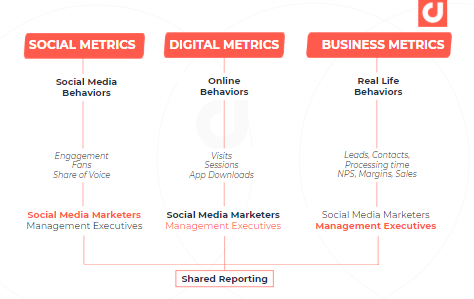
KPIs are quantifiable measures used to evaluate the success of an organization, employee, project, or campaign in meeting objectives for performance. In social media, these indicators help brands assess the effectiveness of their online strategies. They can provide insights into user interaction, brand awareness, lead generation, and customer loyalty.
Social media KPIs specifically focus on engagement metrics that reflect how users interact with content across platforms. Understanding these metrics helps marketers determine whether their strategies resonate with their audience, enabling them to make data-driven decisions.
Importance of Measuring Engagement

Engagement is a direct reflection of how well your content resonates with your audience. By measuring engagement, brands can identify successful campaigns and understand user behavior better. It signifies not just passive consumption of content but active participation, indicating a stronger connection with the audience.
Moreover, high engagement rates can lead to improved visibility and reach on social media platforms. Algorithms often favor content that generates interactions, amplifying its exposure. Thus, tracking engagement KPIs becomes vital for brands aiming to enhance their online presence and credibility.
Distinction Between Engagement and Other Metrics
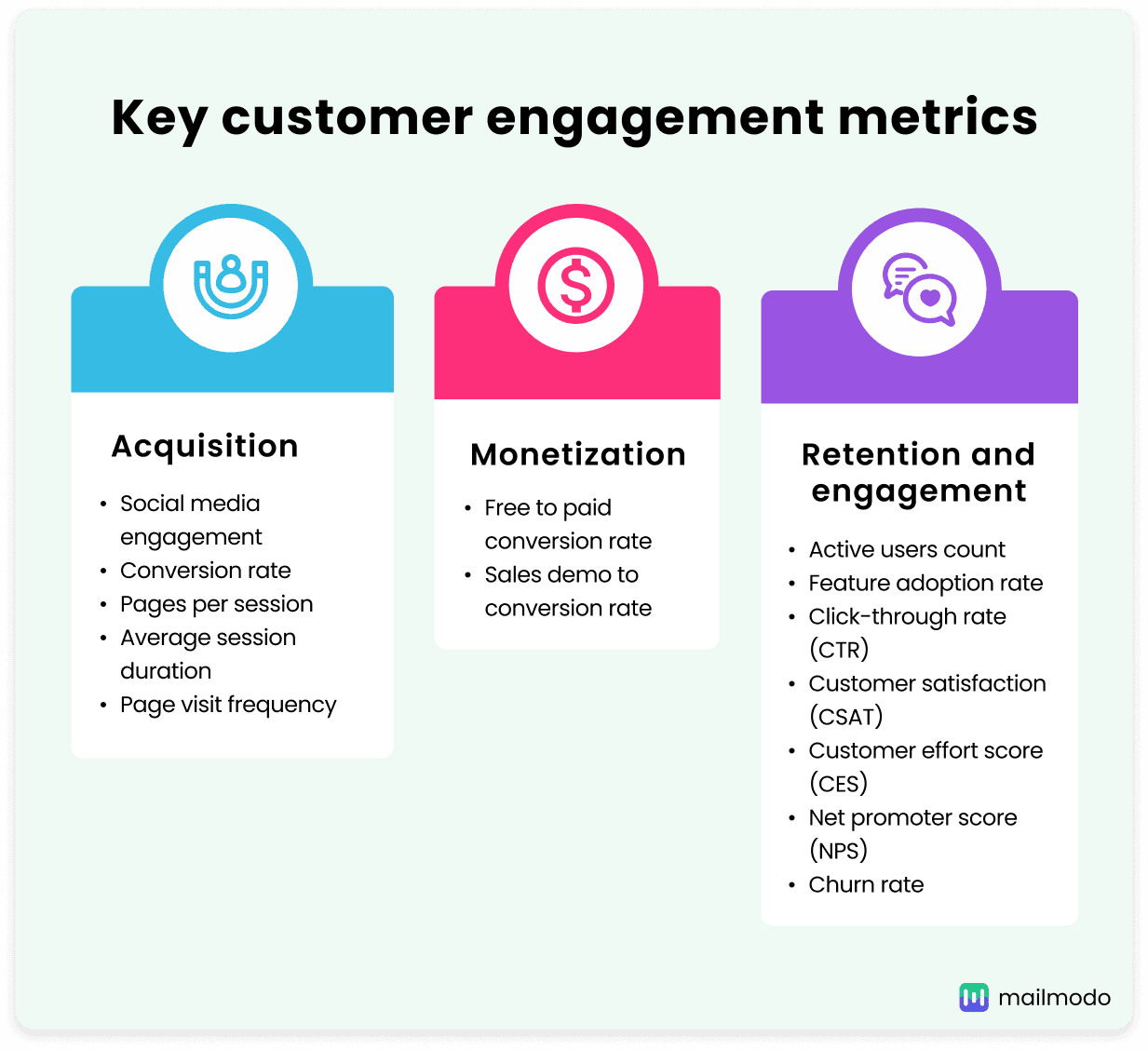
While engagement metrics are essential, they are distinct from other performance indicators such as reach, impressions, and follower count. Engagement focuses on the actions taken by users concerning the content, while reach refers to the number of unique users who see the posts.
Understanding this distinction is important because it allows marketers to tailor their strategies effectively. For instance, a post might have high reach but low engagement, suggesting that while many people saw it, few found it compelling enough to interact with. By analyzing both sets of metrics, marketers can gain deeper insights into their audience’s preferences and behaviors.
Types of Social Media Engagement KPIs
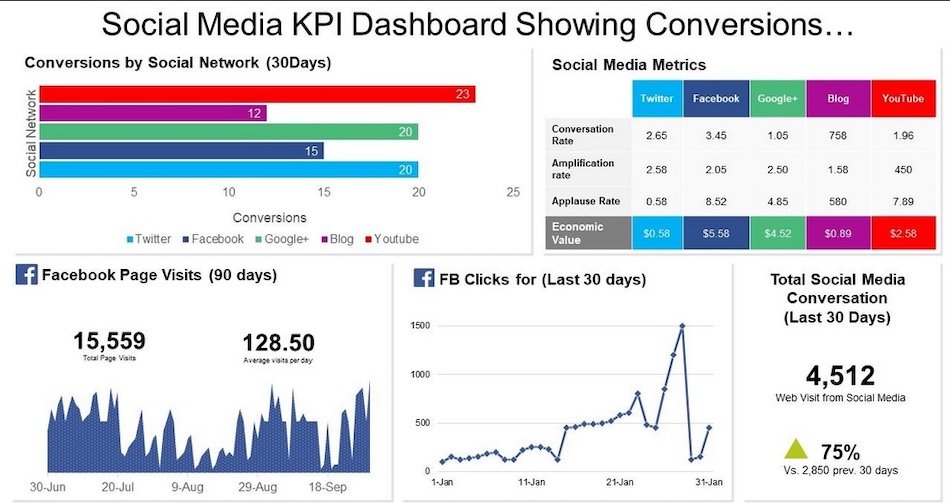
There are numerous types of engagement KPIs that marketers can track. Each metric offers unique insights into how content is performing and how users are interacting with it.
Likes and Reactions
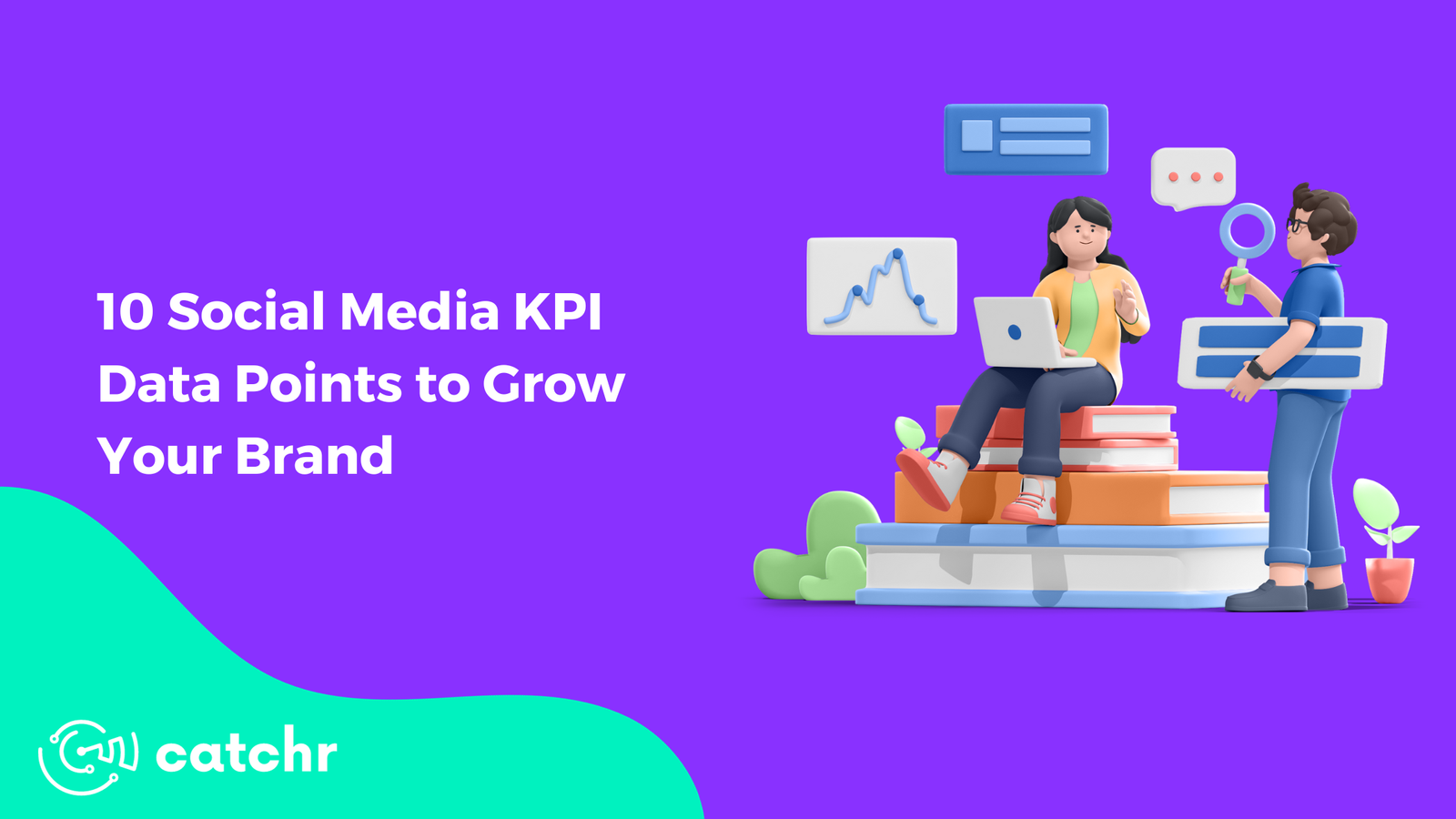
Likes and reactions are among the most basic forms of engagement. They serve as quick indicators of how well content resonates with the audience. A high number of likes typically signifies that the content is appreciated.
However, while likes are a good starting point, they do not tell the whole story. They are somewhat superficial, as they don’t indicate deeper engagement or emotional responses. To truly gauge user sentiment, it’s important to combine likes with other metrics like comments and shares, which provide more nuanced insights into audience reactions.
Furthermore, the introduction of reaction emojis on platforms like Facebook has added layers to this metric. Users can express varying emotions towards a post, providing richer data on their feelings. Marketers should pay attention to the type of reactions received, as they can guide future content creation and marketing strategies.
Comments and Conversations
Comments are a more profound form of engagement than simple likes. They reflect user opinions, questions, and interactions, presenting an opportunity for two-way communication between brands and their audience.
Encouraging comments can foster a sense of community around your brand. Engaging with comments can further enhance this relationship. Responding promptly and meaningfully to comments not only boosts the conversation but shows that you value user input. It humanizes the brand and increases loyalty among followers.
Moreover, analyzing comments can yield insights into customer sentiments and preferences. Positive comments can be utilized for testimonials, while negative comments present opportunities for improvement. This feedback loop is invaluable for refining offerings and adjusting marketing strategies.
Shares and Retweets
Shares and retweets amplify the reach of your content exponentially. When users share your posts, it indicates that they find the content valuable enough to share with their network. This organic promotion can significantly boost visibility and attract new audiences.
Tracking shares also allows brands to assess content virality. Content that is shared widely likely taps into trending topics or resonates deeply with its audience. Brands can analyze which posts garnered the most shares and replicate that success in future content.
Encouraging sharing can be achieved through calls-to-action (CTAs) in posts. Asking users to share content if they find it useful or entertaining can prompt them to engage more actively. Ultimately, shares are crucial in building brand awareness and driving traffic, making them a key KPI in social media engagement metrics.
Click-Through Rate (CTR)
Click-through rate (CTR) measures how often people click on links within your content compared to how often they see it. This metric is essential for assessing the effectiveness of calls-to-action (CTAs) and determining how well your content drives traffic to your website or landing pages.
A high CTR often indicates that your content is compelling and relevant to your audience. It suggests that users are interested enough to learn more about what you offer. Conversely, a low CTR may signal that your CTAs need reworking, or that the content doesn’t align with user interests.
To improve CTR, marketers can experiment with different formats, headlines, and visuals. A/B testing can be beneficial here, enabling you to determine which variations resonate best with your audience. Additionally, ensuring that links are prominently placed and contextually relevant can significantly impact CTR.
Follower Growth Rate
Follower growth rate measures how quickly your audience is expanding over time. While having a large follower count may seem impressive, it’s important to look at the growth rate to assess the momentum of your social media strategy.
A steady follower growth rate indicates that your content is resonating with users, prompting them to follow your accounts for more updates. It reflects the effectiveness of your engagement strategies, such as high-quality content, regular posting, and active community interaction.
Conversely, stagnation or decline in follower growth could suggest issues with content relevance or engagement practices. Monitoring follower growth alongside other engagement KPIs provides a more rounded view of your social media performance.
How to Set Benchmarks for Engagement KPIs
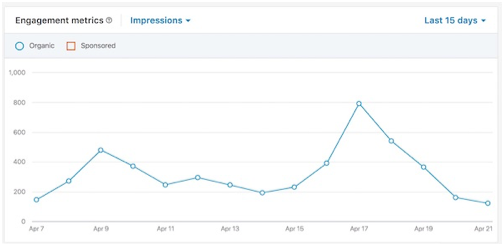
Establishing benchmarks for your engagement KPIs is critical for evaluating performance and setting realistic goals. Without benchmarks, it’s challenging to determine what constitutes success.
Establishing Baseline Metrics
The first step in setting benchmarks is to establish baseline metrics. A baseline serves as your initial reference point for measuring growth and improvement over time.
This involves analyzing historical data to understand past performance. Look at the average likes, shares, comments, and other KPIs over a specific period to determine what “normal” looks like for your account. This analysis will help you set realistic expectations for engagement moving forward.
Additionally, consider factors such as seasonal fluctuations or events that may affect performance. Having a clear understanding of your baseline metrics will provide clarity when evaluating future campaigns.
Analyzing Competitor Performance
Another effective way to set benchmarks is by analyzing competitor performance. By looking at industry standards or competitors’ engagement metrics, you can identify areas where your performance may be lacking or excelling.
Tools like social media analytics platforms can help you gather data on competitors’ engagement rates, follower growth, and overall social media strategies. This information will allow you to adjust your own strategies to meet or exceed industry benchmarks.
Keep in mind that while competition analysis is valuable, it’s essential to maintain focus on your unique brand identity and audience. Use competitor data as a guideline rather than a strict formula for your success.
Setting Realistic Goals
Once you have established baseline metrics and analyzed competitors, the next step is to set realistic and achievable goals. Goal-setting should be SMART – specific, measurable, attainable, relevant, and time-bound.
For example, instead of stating a vague goal like “increase engagement,” specify that you want to achieve a 20% increase in comments and shares within six months. This specificity makes it easier to create strategies and track progress.
Regularly revisiting and adjusting these goals is important as well. As your brand evolves, so should your objectives. Being dynamic in goal setting allows you to remain responsive to changes in audience behavior and platform algorithms.
Tools and Platforms for Tracking Engagement KPIs

With the vast array of tools available today, tracking social media engagement KPIs has never been easier. Choosing the right tools is essential for obtaining accurate insights that inform your strategies.
Overview of Analytics Tools
Numerous analytics tools exist that specialize in social media performance tracking. These tools can help you monitor engagement metrics effectively by providing comprehensive reports and real-time data.
Popular options include Google Analytics, which tracks web traffic driven from social media, as well as platform-specific tools like Facebook Insights, Twitter Analytics, and Instagram Insights. Each of these tools offers unique features tailored to their respective platforms.
Using analytics tools can save you time and effort, allowing you to focus on interpreting the data and strategizing improvements rather than getting bogged down by manual data collection.
Utilizing Native Platform Insights
Most social media platforms provide native analytics tools that offer valuable insights into engagement and performance metrics. These built-in features are usually user-friendly and provide immediate access to key KPIs.
For instance, Facebook Insights allows page admins to track engagement metrics like likes, comments, and shares directly on the platform. Similarly, LinkedIn offers analytics that help businesses assess follower demographics and post performance.
Leveraging these native insights is crucial for smaller businesses or those with limited budgets. They are often free and provide sufficient information needed to make informed decisions about social media strategies.
Third-party Social Media Management Tools
In addition to native analytics, third-party social media management tools offer more comprehensive solutions for tracking engagement KPIs across multiple platforms. These tools streamline the process of managing social media accounts while providing in-depth reporting capabilities.
Tools like Hootsuite, Sprout Social, and Buffer allow users to schedule posts, respond to comments, and analyze engagement metrics from various platforms all in one place. This centralization saves time and helps maintain consistency in monitoring.
Using third-party tools can be particularly beneficial for larger organizations or those managing multiple accounts, as they facilitate collaboration among teams and provide more robust data analysis capabilities.
GoHighLevel helps businesses effectively track and manage key social media engagement KPIs by centralizing analytics and automating reporting. With its comprehensive platform, businesses can monitor metrics such as click-through rates, engagement rates, conversions, and audience growth, all in one place. GoHighLevel’s integration with CRM and social media management tools enables users to gain valuable insights and adjust strategies in real-time, ensuring consistent and impactful engagement across platforms. This makes it an essential tool for tracking and optimizing social media performance.
Best Practices for Enhancing Social Media Engagement
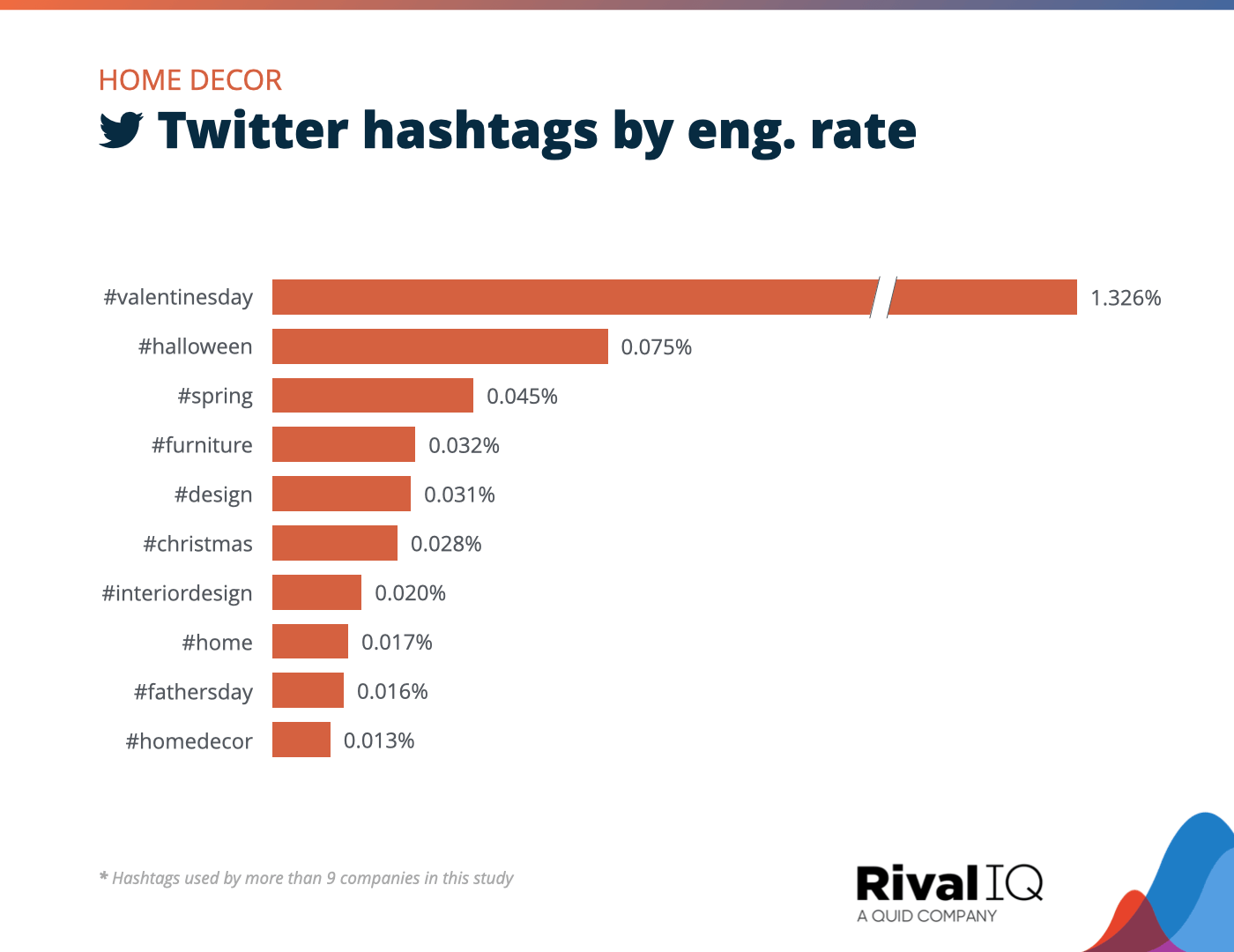
Enhancing social media engagement requires strategic planning and execution. Adopting best practices can yield significant results in fostering user interaction and building a loyal community.
Creating High-Quality Content
The foundation of successful engagement lies in creating high-quality, relatable content. Content should be informative, visually appealing, and tailored to the audience’s interests and needs.
Investing time in content creation goes beyond aesthetics. Research target demographics to understand what resonates with them. Utilize storytelling techniques to build emotional connections and promote brand authenticity.
Moreover, experimenting with various content formats – such as videos, infographics, and live streams – can capture attention more effectively. Engaging content is more likely to be shared, commented on, and liked, ultimately driving higher engagement rates.
Timing and Frequency of Posts
Timing and frequency play crucial roles in maximizing engagement. Posting when your audience is most active can significantly influence the visibility and interaction levels of your content.
Utilize analytics to determine the optimal times for posting based on your audience’s behavior. Different platforms may have varying peak hours, so tailoring your posting schedule accordingly is essential.
Consistency is equally important. Establishing a regular posting frequency helps keep your brand top-of-mind. However, avoid overwhelming your audience with excessive posts, as quality should always take precedence over quantity.
Encouraging User Interaction
Fostering user interaction is vital for enhancing engagement. Encouraging conversations, asking questions, and inviting feedback can ignite discussions among your audience.
Consider incorporating engaging CTAs in your posts, inviting users to share their thoughts or experiences. For example, asking open-ended questions encourages comments and dialogue, building a sense of community.
Hosting contests or giveaways can also spur interaction. People love the chance to win something, and such initiatives can stimulate excitement and encourage users to share your content, extending its reach even further.
Leveraging Influencer Partnerships
Influencer partnerships can amplify engagement and broaden audience reach. Collaborating with influencers who align with your brand values and have an engaged following can introduce your content to a wider audience.
Influencers bring credibility and relatability, encouraging their followers to engage with your content. Whether through sponsored posts, joint campaigns, or takeovers, influencer collaborations provide fresh perspectives and authentic connections to potential customers.
When choosing influencers, consider their audience demographics and engagement rates. It’s crucial to partner with individuals whose followers would genuinely resonate with your brand.
Conclusion
In the fast-paced world of social media, understanding and tracking key social media engagement KPIs is vital for any brand aiming to thrive online. By comprehensively measuring engagement metrics, including likes, shares, comments, CTR, and follower growth, you can glean invaluable insights into audience behavior and preferences.
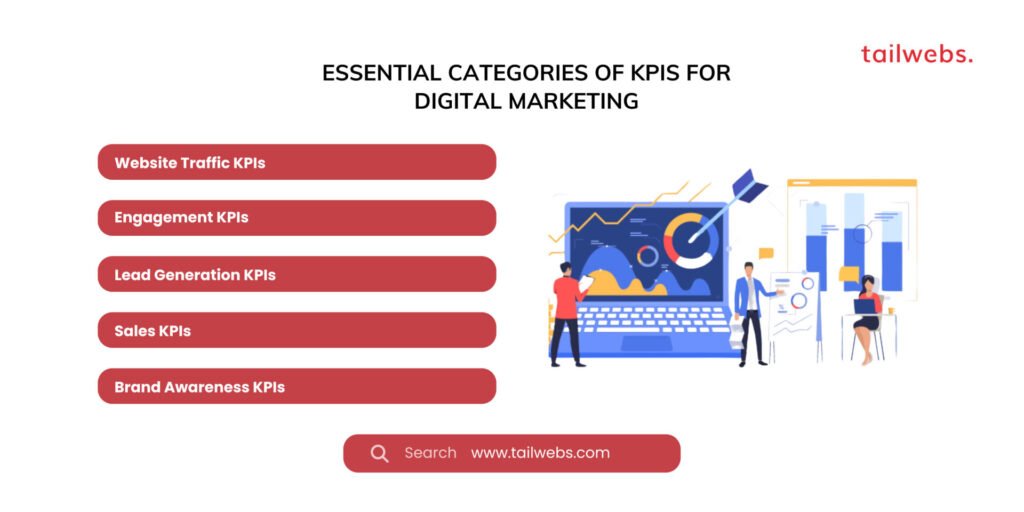
Implementing best practices, leveraging the right tools, and setting realistic benchmarks will enable you to refine your strategy continually. The goal is not merely to amass followers but to foster a vibrant community that actively engages with your brand.
Ultimately, the key to successful social media engagement lies in creating meaningful connections with your audience. By prioritizing high-quality content, encouraging interaction, and leveraging partnerships, you can elevate your social media presence and create lasting relationships with your followers.
